A new paper from Nitzan Rosenfeld’s group at CRUK-CI (my old stomping ground) reports astounding sensitivity for ctDNA liquid biopsy. In “ctDNA monitoring using patient-specific sequencing and integration of variant reads” Jonathan Wan and his co-authors performed whole exome sequencing on tumour biopsies (and PBMCs) to identify up to 1000 mutations per patient (median 625) and use these to build custom sequencing capture panels for liquid biopsy monitoring in longitudinal plasma samples from melanoma patients. The group developed INVAR: the INtegration of VAriant Reads pipeline using error-suppression and signal-enrichment to enhance ctDNA detection.
Each of the custom panels was actually designed for 5 patients. The reasons for this are two-fold (at least) firstly this enables the non-private mutations to be used as control regions for error-suppression. There is a great discussion of the different methods used to generate their error-suppression methods in the results section of the paper; filtering, blacklisting, allele-fraction outlier removal, mutation class grouping, setting minimum read-depth, and requiring variants to be in both forward and reverse paired-reads (they do not perform duplex sequencing) and UMI read-collapsing. Together this resulted in an average 131-fold decrease in background error relative to raw sequencing data (see Fig. 3 below and 3B in particular). This is quite an achievement and many groups are likely to pick out some or all of these approaches to improve their own pipelines.
Sensitivity and specificity of their INVAR approached was tested by diluting plasma from a melanoma patient into healthy plasma. This technical experiment shows that tumour could be detected at 3.6 × 10−6 (3.6 ppm) in replicate samples. And at an allele fraction of 3.6 × 10−7 (i.e. 0.36 ppm) ctDNA was still detected in two of three replicates!

Figure 3 Rosenfeld 2020
Patient-specific vs WES analysis:
Patient specific assays are being developed by companies like Archer Dx and Natera and have been shown to have exquisite sensitivity. However, the logistics of producing a panel for each cancer patient makes their use difficult, let alone the challenges they bring for regulators. Whilst the initial data presented by Jonathan was performed with personalised panels the paper also reports the use of whole exome sequencing (WES) and whole genome sequencing (WGS) for personalised ctDNA monitoring. Similarly to Zviran et al (see last weeks post) WGS was shown to give ultimate flexibility and the simplest logistics – you just need to start whole genome sequencing cancer patients in the clinic – Genomics England anyone?
ctDNA vs CT:
A blood based liquid biopsy appears to be preferred over CT for patients (see recent presentations from Oncimmune). In one patient the group were able to detect ctDNA even just 2 of the patients 5 tumours were detectable by CT at just 0.59 and 0.43 cm3 each, which the authors suggest indicates that ctDNA can be detected at the threshold of CT.
Limitations:
The work was performed in Melanoma which has a high mutation load (see figure from Alexandrov 2013 below) and this approach may not work as well in tumours with low mutational burden e.g. AML or Breast. Other groups are approaching this similarly but using whole genome sequencing of tumour and plasma – ultimately more sensitive, possibly easier logistically, but likely more expensive to roll out in the clinic?

Summary:
This work shows that the sensitivity limits we’ve come to accept for ctDNA liquid biopsy can be dramatically improved. Whilst there’s still work to do to make this kind of analysis routine it shows where the field is going and how rapidly we’re still developing.
Want to learn more? Head over tho the CRUK blog for some great coverage, the The Independent or The Conversation. Theres a lot of coverage of this paper available!
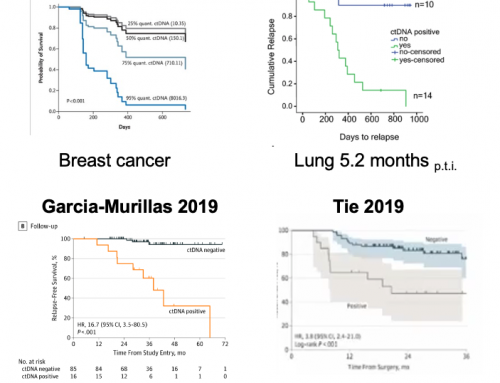
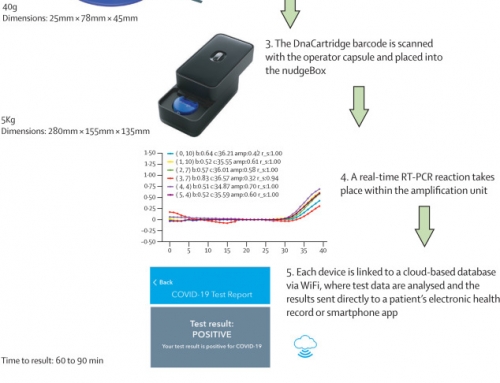
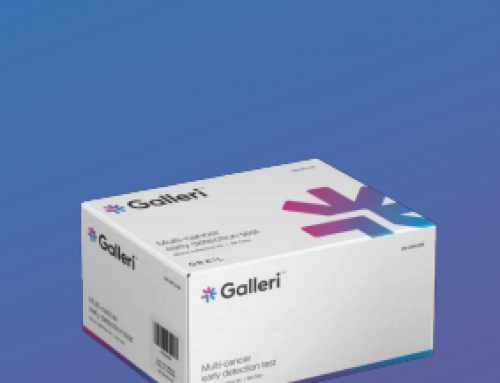
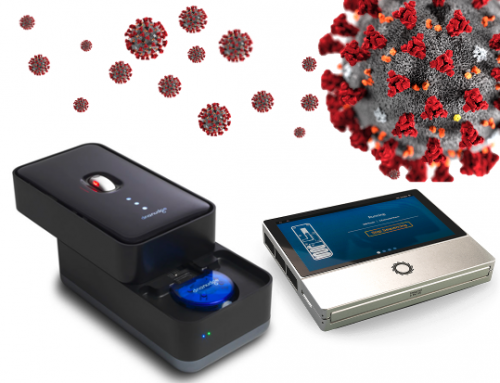
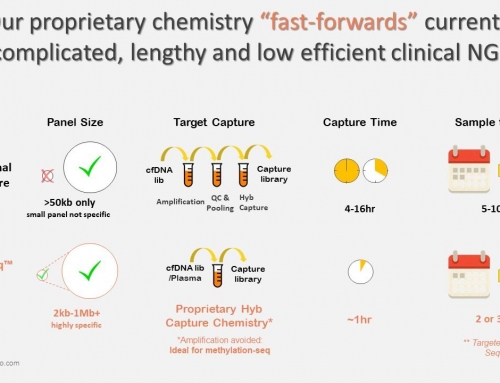



Leave A Comment